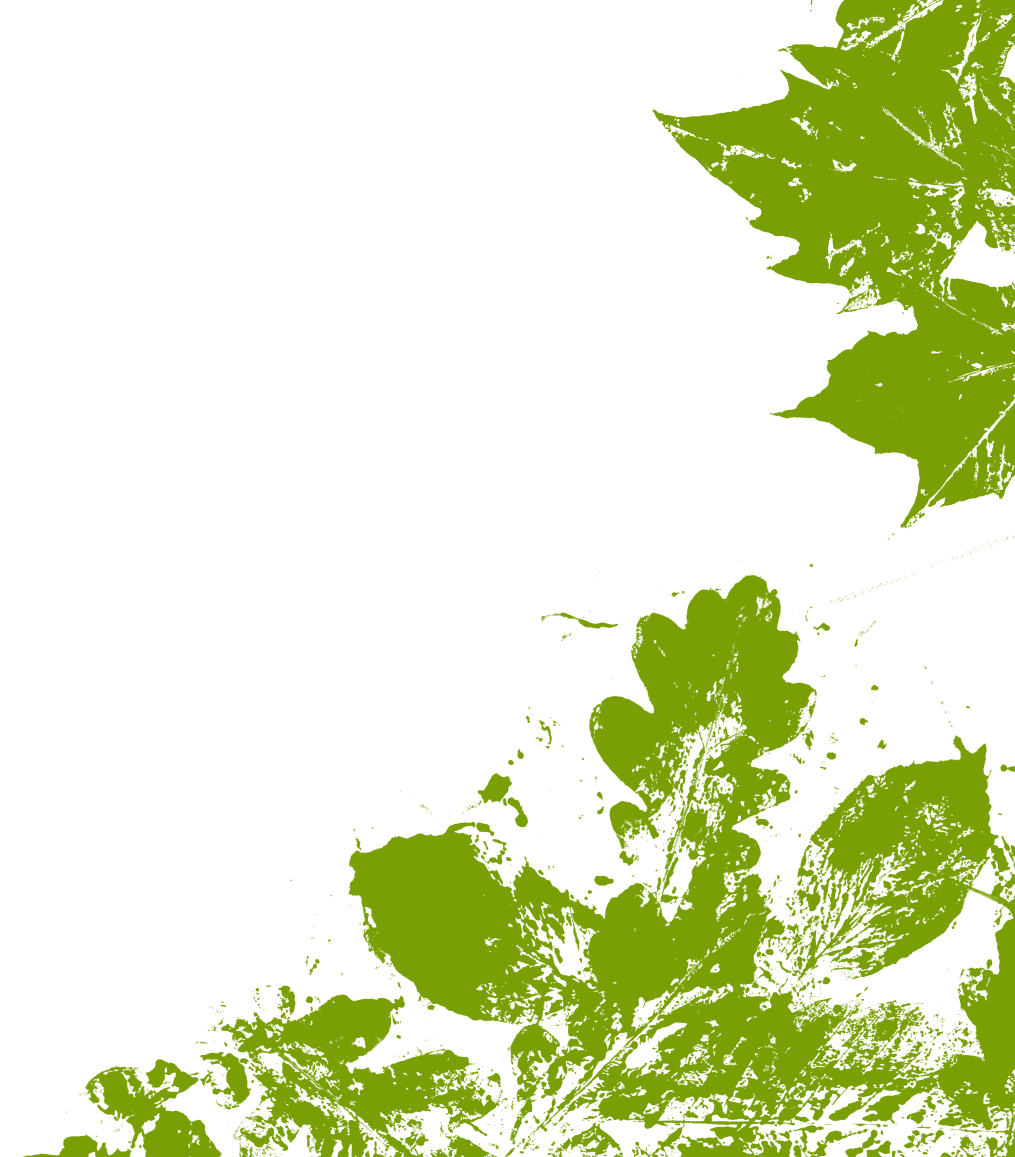O’Malley KD, et al. (2023). An acoustic-based method for locating maternity colonies of rare woodland bats



The barbastelle is regarded as one of the rarest of the British bats and is not found in Ireland.
The barbastelle has a broadly southern distribution in Britain, with the most northerly records being from Lincolnshire. This wide distribution belies its status as a rare bat species, as colonies are sparsely distributed in the landscape and absent from many areas of the country.
Britain’s population of around 30,000 barbastelles is found from Devon to Sussex and North as far as Lincolnshire. In Wales, maternity colonies have only been discovered in Pembrokeshire.

The appearance of the rare barbastelle is so distinctive that it is difficult to confuse this species with any other British bat.
The fur on its back is almost black with creamy white tips, giving it a frosted appearance. The skin on the face, ears and wing membranes is dark brown, appearing almost black. Its ears are joined over the head and are so broad that the eyes are inside the margins of the ears. The barbastelle’s nostrils open upwards and this feature, together with the large ears, gives its face a squashed, pug-like appearance. Photo: ©Johnny Birks

The barbastelle’s favoured habitat is old-growth forests with a high proportion of standing dead wood or storm-damaged trees where they tend to roost under loose bark. Occasionally, they are found roosting in buildings. Roost switching is common in this species, with colonies moving roosts every few days.
In the warm summer months, barbastelles normally roost in trees, usually in cracks in the trunks and branches of old or storm-damaged trees. In spring and autumn, roosts are usually under loose tree bark although there are a few records of colonies using buildings. In these sites, the bats roost in gaps and joints in the internal timberwork. Barbastelles may sometimes use bat boxes. During winter, the barbastelle hibernates deep within hollow trees, although In very cold conditions, it may use buildings, caves, mines and grottoes.
These highly mobile species feed over large areas and hunt predominantly where dense vegetation borders open ground, such as woodland edges, treelines, hedgerows, woodland rides and above woodland canopy. They target foraging activity where moth densities are relatively high.
Individual barbastelles use foraging areas as far as 18km away from their day roosts and the bats commute to these areas by following the most direct route along hedgerows, streams and rivers. By foraging so far from the roost, individuals probably avoid competing with other members of the colony.
A large proportion of the barbastelle’s prey (up to 99%) is moths but lacewings, caddisflies and true flies are also eaten. Whilst most British bat species are quite opportunistic in the prey they catch, the more specialist barbastelle is obliged to switch its choice of foraging habitat throughout the year in order to target those places where moths are most abundant. In winter, foraging tends to occur in dense woodland while, in the spring, riverine habitats are used and during the summer, hedgerows and meadows are favoured areas.
Little is known about the mating behaviour of this species, but it is thought they mate mainly in autumn, with females then storing the sperm to delay pregnancy until the following spring, ensuring pups are born during warmer weather and when food is more abundant.
During spring and summer, male barbastelles are solitary. In April or May, female barbastelles form maternity colonies typically containing 20-40 adults. These colonies may switch roosts frequently during pregnancy to take advantage of the best temperature conditions. Pups are born between late June to late July and start flying around three weeks of age. By late August or early September, the young are weaned and the maternity colony breaks up. The females separate from the juveniles and disperse to occupy roosts in their individual foraging areas.
Females can be sexually mature and breed in their first year. Ringing studies have shown that barbastelles can live up to 22 years, although the average lifespan is five to ten years.
Most bat species face the same sorts of threats — primarily habitat and roost loss, artificial noise and lighting, and use of pesticides.
Loss of old-growth forests with mature trees with cracks and splits along with habitat fragmentation and degradation mean fewer roosting spaces. Barbastelles also avoid areas with anthropogenic, artificial light and noise.
In Britain and Ireland, all bats and their roosts are fully protected by law. It is an offence to disturb or kill bats and to destroy or alter their roosts in any way without first consulting the appropriate statutory body.

VWT has carried out studies into the distribution of this species and its roosting preferences. The Trust is working to conserve the barbastelle by:


VWT’s Natur am Byth! Barbastelle Conservation Project
The Barbastelle Project, part of the Natur am Byth! partnership to connect people and communities to the wildlife of Wales, will work with communities and volunteers to carry out passive acoustic monitoring for the barbastelle in Pembrokeshire.
